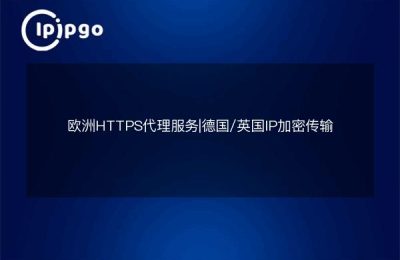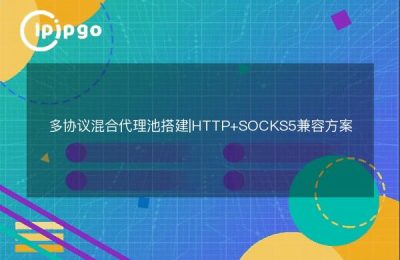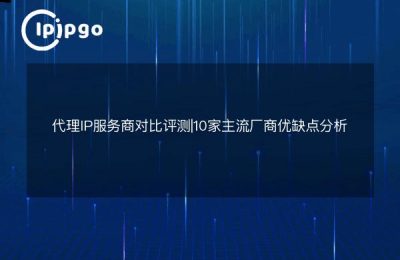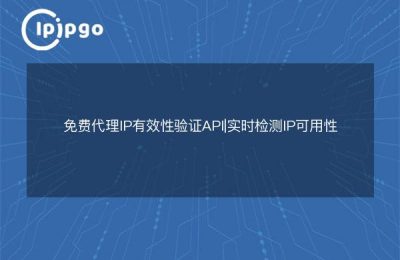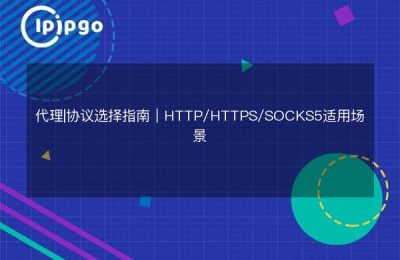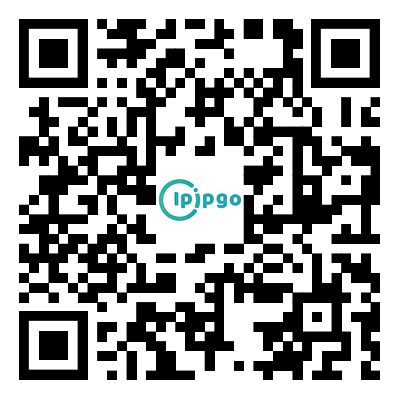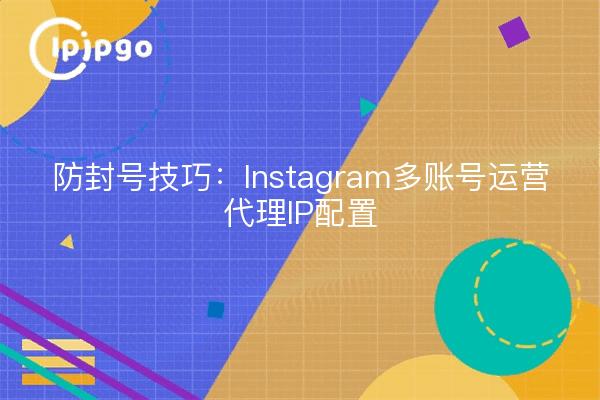
Real User Networks vs. Data Center Networks
Residential proxy IPs come from regular home broadband, such as your neighbor's WiFi address; server room IPs are the data center IPs of cloud providers like Amazon and Google.The core difference between the two is as simple asPrivate cars and buses--The former is more private but slower, the latter carries more passengers but is easily recognized.
Through the ipipgo background actual measurement data shows:
- Average Residential IP Request Success Rate 92%
- Fast average server room IP response time 40%
- Residential IPs are banned at 1/7th the rate of server room IPs
Five-dimensional comparison table to see the essence of the difference
| comparison term | Residential Proxy IP | Server Room IP |
|---|---|---|
| Network type | home broadband | Dedicated Data Center Line |
| Anonymous rank | High (real household IP) | Low (marked as server) |
| typical application | Social media operation, e-commerce evaluation | Data capture, batch registration |
| cost comparison | ¥0.8-1.2/GB | ¥0.3-0.6/GB |
| connection method | Dynamic rotation is predominant | Static long-lasting effects predominate |
Selection formulas for different scenarios
Based on our experience in serving 3000+ companies, we have summarized this decision model:
Scenarios where residential IPs need to be selected = highly sensitive operations + long-term needs + low frequency
For example: cross-border e-commerce store management, TikTok account operation, advertising effectiveness verification
Scenarios suitable for server room IPs = massive requests + short-term needs + speed priority
For example: comparison system data capture, new product review collection, SEO monitoring
There is a useful function in the ipipgo backend: enter yourAverage daily requestsrespond in singingBusiness TypeThe system will automatically recommend the optimal combination of programs.
Three tips you must know to prevent blocking
Tip #1: Mix up your strategies
Residential IP (ipipgo static solution) for the main account, and server room IP for batch trumpets. this ensures core account security and reduces overall costs.
Tip #2: Switch tempos intelligently
Do not switch IPs at fixed times, refer to this setting:
- IP change every 30 minutes from 14:00 to 18:00 on weekdays
- IP change every 2 hours from 23:00 - 8:00 at night
- IP change every 45 minutes all day Saturday
Tip #3: Traffic Camouflage
Open in the ipipgo consolenatural flow pattern, the system will simulate the network behavior of real users:
- Randomized page dwell time (10-180 seconds)
- Irregular scrolling pages
- Intermittent video loading behavior
Answers to high-frequency questions about user decision-making
Q: Why are residential IPs two or three times more expensive?
A: A true residential IP needs to work with global home users, and each IP has maintenance costs. ipipgo uses P2P technology to reduce costs and is cheaper than its peers by 40%
Q: What can I do if my server room IP is blocked?
A: Immediately perform a three-step resuscitation:
1. Replacement of ipipgo's IP cleaning mode
2. Adjustment of request frequency to 1/3 of normal value
3. Clean up browser fingerprints and cookies
Q: How to test IP quality?
A: Use ipipgo'sthree-order detection method::
1. Basic test: 10 consecutive visits to Google, Facebook each
2. In-depth testing: access to anti-crawler detection sites (e.g. ipinfo.io)
3. Stress test: continuous operation for 12 hours to observe IP survival rate
Hybrid solutions for ipipgo
Our originalIP Portfolio ModelA national patent has been granted:
1. Residential IP as a "shield": protect core accounts and adopt a real home network environment
2. The IP of the server room is the "spear": handling massive requests and utilizing the high-speed bandwidth of the data center.
3. Intelligent scheduling system: automatic allocation of IP types, reducing overall costs by 55%
Sign up now to receive a freeDual IP Experience Pack::
- Residential IP: 5 Hong Kong static IPs (3 days validity)
- Server IP: 10GB U.S. high-speed traffic
- IP Portfolio User's Manual, electronic version
Professional technical team to provide 1 to 1 program design, 1,635 enterprises have been realized through the programZero account banning + double the efficiency of data collectionThe double boost.

